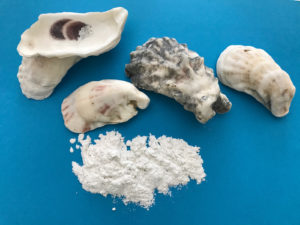
Can an oyster-shell paint help rethink artificial reefs?
North Carolina company Shellbond seeks to commercialize a creative product made from shells, believing it could transform oyster farming.
New U.S. policies for offshore aquaculture permitting will soon be put to the test in the Gulf of Mexico. With imported products dominating the U.S. seafood landscape, some argue the time has come for the industry to take a leap forward.

North Carolina company Shellbond seeks to commercialize a creative product made from shells, believing it could transform oyster farming.
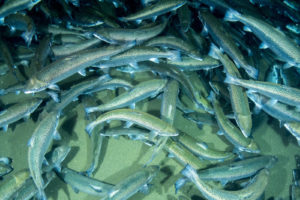
In the second of a two-part series, Steven Summerfelt discusses various efforts to improve knowledge of closed-containment systems, innovations in fish feed and presents comprehensive concluding remarks.
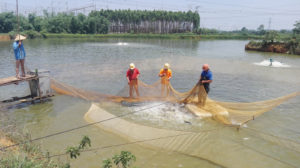
Experience in China, the world’s largest tilapia farming country, is used to develop and calibrate a bio-economic model of intensive tilapia pond culture. It is used to simulate the impacts of climate, technical and/or economic factors on farming.
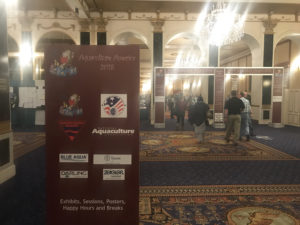
Aquaculture must reshape its public narrative in order for the blue revolution to transpire. That’s what many prominent voices were saying at the World Aquaculture Society’s annual U.S. conference in Las Vegas.
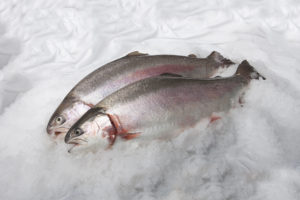
The recent 2017 Aquaculture Innovation Workshop in Vancouver brought together numerous stakeholders involved in and interested in fish farming – particularly salmonids – in the growing industry of closed-containment systems.
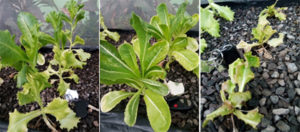
This study evaluated the performance and production of channel catfish and freshwater prawns and three varieties of lettuce – American, Romaine and Rose – in a research aquaponics system.
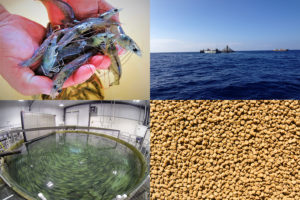
Aquaculture is the “winning protein,” according to a new Rabobank report that its author, Gorjan Nikolik, said is intended to draw the bank’s agro-industry clients to opportunities in the fish farming business.
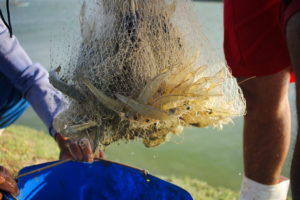
After concentrating mainly on the domestic market, the Brazilian Shrimp Farmers Association says producers are returning to international trade and competition, seeking intensified production and expansion.
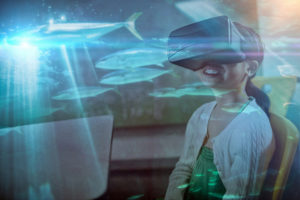
Eight digital technologies are disrupting aquaculture and having a profound impact on the way business operates – even displacing some established ones.
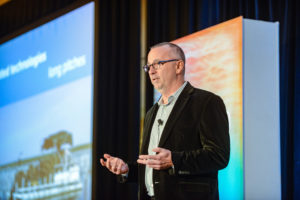
Gaskiya Diagnostics’ paper-based diagnostic test kits could allow fish farmers to test for disease-causing pathogens before they impact the entire stock.
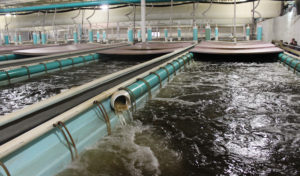
The Innovative Aquaculture Alliance aims to install fish farms in empty big-box retail stores and other abandoned real estate across the United States.
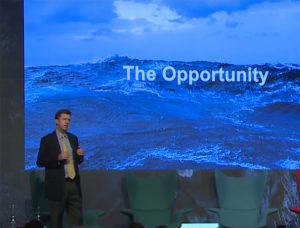
In the fifth Pecha Kucha presentation from the Global Aquaculture Alliance’s annual GOAL conference in Dublin, Ireland, Langley Gace of InnovaSea Systems talks about open-ocean aquaculture and how the future of fish farming is happening now.
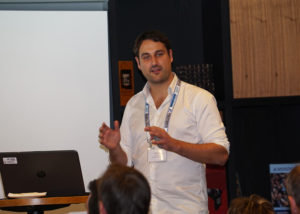
Hatch Aquaculture Accelerator aims to support new companies, via an immersive three-month mentorship program, in the health, nutrition, technology and production sectors.
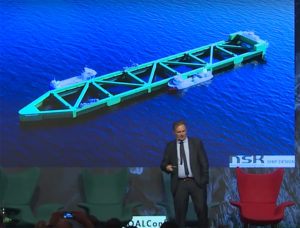
In the fourth Pecha Kucha presentation from the Global Aquaculture Alliance’s annual GOAL conference in Dublin, Ireland, Thomas Myhre of NSK Ship Design looks at the future of offshore aquaculture pen design.
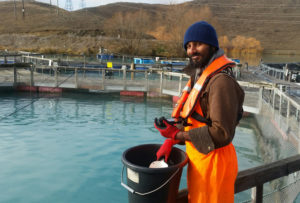
Aquanetix, launched by two fish biologists, employs cloud technology for electronic data collection, enabling farmers to monitor infrastructure, minimize feed losses and make informed operational business decisions based on real-time reports about their stocks.